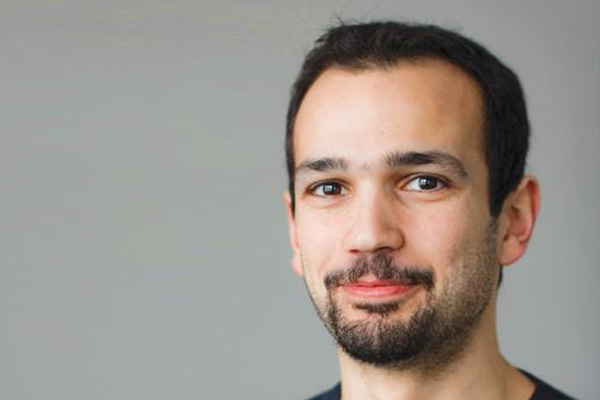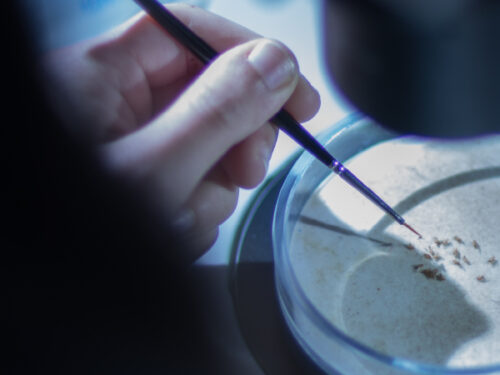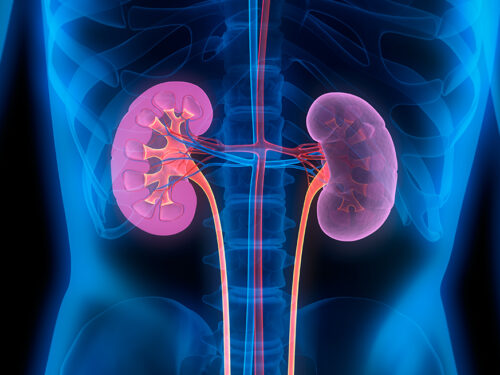
The QuMaS project set out to implement a number of ideas never before demonstrated under real-world conditions on this scale. Together with collaborators in Vienna, the lead researcher Dr Andre Xuereb set out to implement the world’s first quantum telecommunications link between two countries over an actively used undersea telecommunications network.
The aim of this project is to set up, demonstrate, and characterise a quantum-enabled telecommunications link between Malta and Sicily. The physical backbone of this link will be the Melita 1 fibre optic cable that runs between the two countries and is owned by Melita, p.l.c.
The basic building blocks for setting up such a link have already been demonstrated in laboratories worldwide and, to a significantly lesser extent, outside laboratories. Nevertheless, there is a dearth of such links operating over established telecommunications networks. This project will act as a demonstrator for the technologies in a patently real-world scenario, moving quantum-enabled technologies much closer to market.
The first task is the characterisation of the actual fibre optic cable Melita 1. The design specifications of this fibre, match those that are required in order to be able to conduct the experiments, having a similar length of identical fibre in Vienna to serve as a reference. A number of test runs are necessary to ensure that the fibre behaves according to the specification and that it has not degraded since being laid.

The second task will be concerned with the choice of experiments to be performed. For reliable statistics, quantum communications experiments require many weeks of data logging, rendering it essential to decide on how the experiment is to be performed exactly.
The third task is to set up the equipment and make measurements over periods of several weeks using automated data collection. For accurate statistics, thousands of repeated measurements are to be taken, and the state of the fibre link monitored for the entire duration.
The fourth task will consist of data analysis which will make use of computational resources available both at the University of Malta and Universität Wien. This will be followed by the writing of an article that is the key scientific deliverable of this project which will be pitched at reputable academic journals. The outcome of the experiment will also be divulged through public relations material in Malta (University of Malta; Melita, p.l.c.; the Government of Malta) and Vienna (Universität Wien), and will target national newspapers and Internet portals, international media portals, and other sections of the popular media.
For updates on the project please click here





